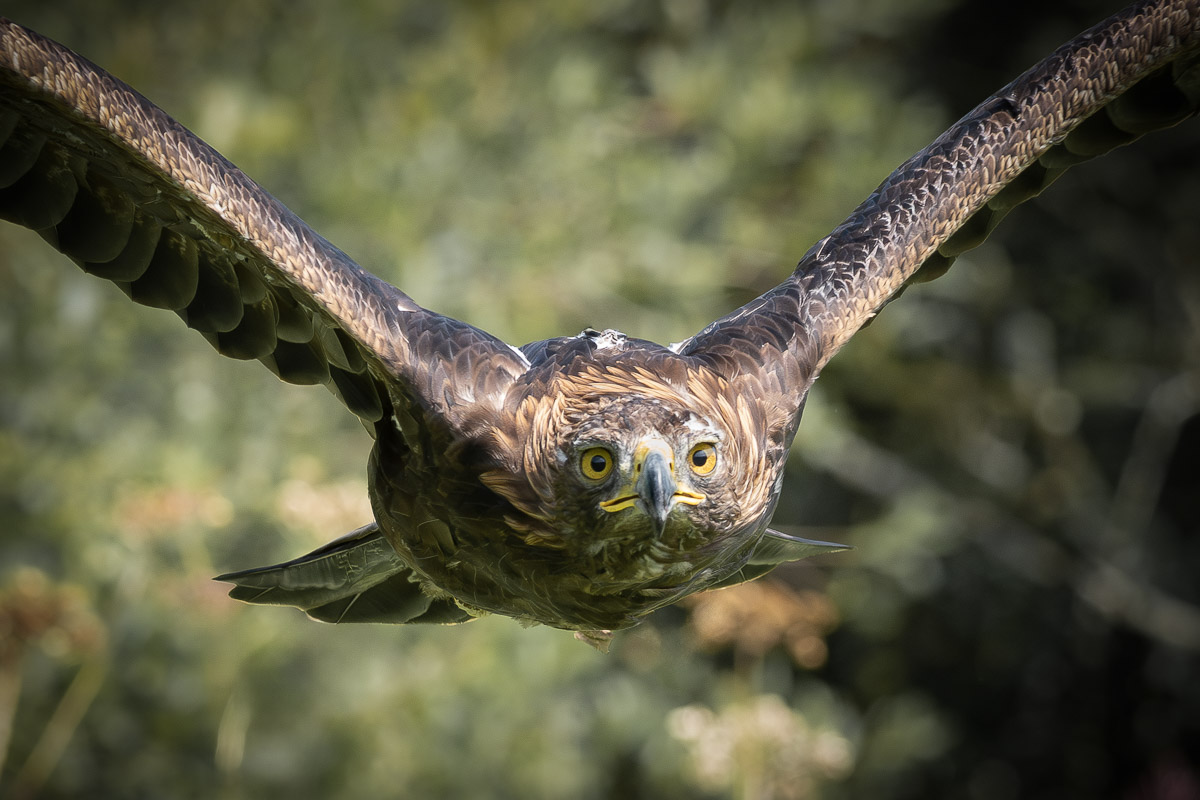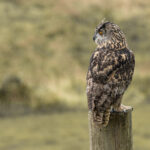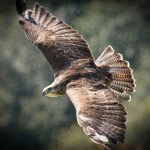After living here for over four years I finally managed to get to attend the British Bird of Prey Centre. When you consider that this only a forty five minute drive from my front door it’s a crime that I’ve not been before.
Located within the grounds of the National Botanical Garden of Wales, which in itself is worth a visit, the centre is home to all manner or birds of prey including Barn Owls, Golden Eagles, Kestrels, Kites & Common Buzzards to name but a few. The dedicated flying area where they display and fly the birds is an excellent location to photograph birds that you would not normally have access to. The surroundings mean that you could be fooled into thinking you’d captured these birds in flight in their natural habitat which is a great bonus.
This was only my second attempt at photographing inflight birds of prey, the first being my visit to the Red Kite Feeding Center just north of Devils Bridge. After spending most of my adult life as a professional photographer, I thought I had amassed enough knowledge and groundwork to have a stab at photographing birds in flight. I was wrong 🙂 True, I had the technical know how when it came to exposure settings, camera setup, focus modes etc. But capturing these birds in all their splendour as they flew across us from all directions was even more challenging than I had imagined.
I opted for safety first for my first foray into this subject and resolutely stuck to 1/2000s shutter speed for anything that was moving. Any movement from my 150mm-600mm lens should be frozen and hopefully I would also be able to freeze the raptors in mid air as they hurtled across my viewpoint. I was also hopeful that I may not freeze the wing movement entirely so as to retain a sense of motion. This hopefulness turned out to be a bit hit and miss but not entirely fruitless.
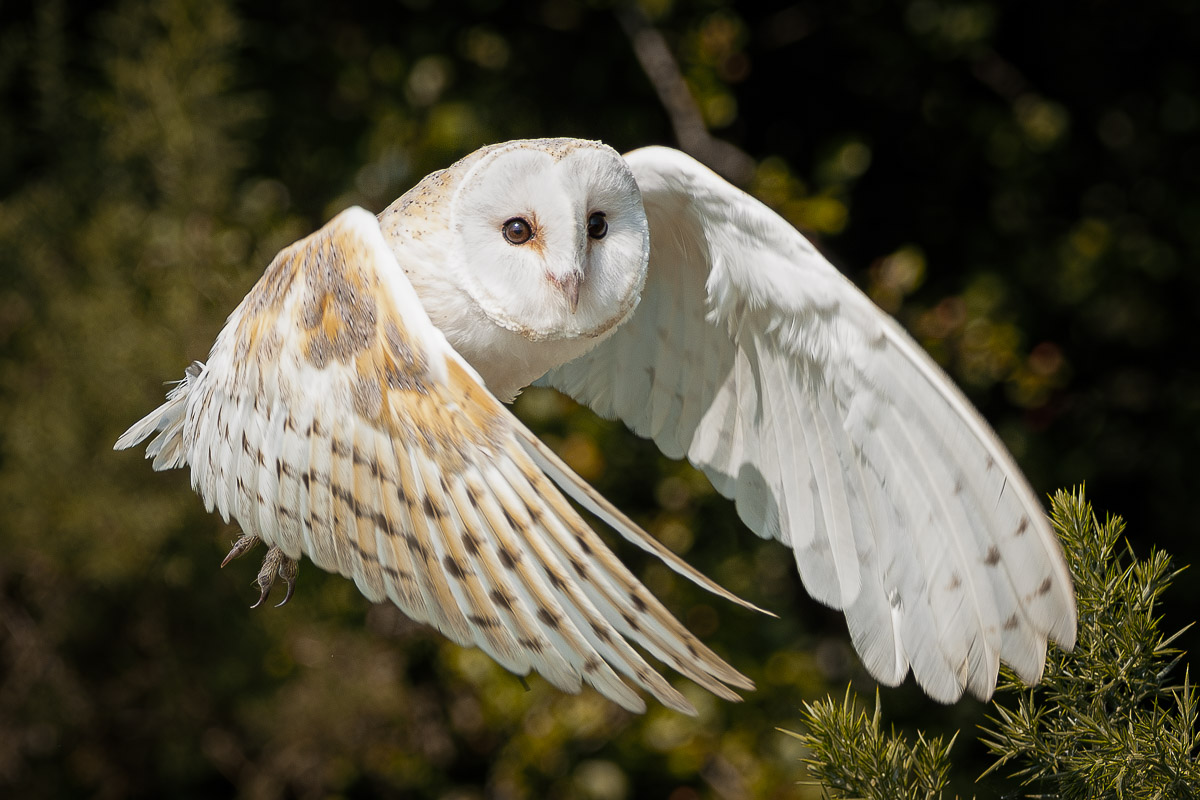
Nikon Z6 + Sigma 150-600mm @ 260mm
1/2000s f7.1 ISO640
In terms of frames per second My Z6 was setup to continuous shooting mode H* giving me a maximum of 12fps (assuming I was setup to shoot RAW 12bit as opposed to 14bit which I was. In 14bit RAW the frame rate would drop to 9fps). That nugget of information was for the tech heads out there who like me don’t find these “bit” ramblings at all boring…moving on!
As a professional photographer in every sense of the word you would think that forty plus years of experience would have enabled me to grasp the basics of focusing a camera. Not so for this subject matter. With four focus modes to choose from each with its own merits and pitfalls I was going to have to experiment. It almost goes without saying that I had the camera set for continuous focusing. But after a little experimentation with these different focusing modes when photographing flying birds, I have come down to using one of two modes on the Z6. Auto-Area AF works well if the background is clear and uncluttered and it can pick a larger bird quite quite well, even against a background of foliage. Wide-area AF(S) definitely works better for smaller birds or if the background is very busy. I guess each and every scenario will be different so the experimentation will continue.
Shooting with the Sigma 150-600mm was of course the obvious choice. In fact it was the only choice as it’s the only lens in that telephoto range that I own. Back in the day when I was toying with the idea of shooting more wildlife, I made the almost unconscious decision to buy the longest lens that my budget would allow and at the same time have the versatility of the zoom lens. I thought at the time that I would spend most of my time shooting at the 600mm end of the lens and whilst this is true for most small garden birds it’s not always the case for the larger birds of prey especially when in flight. When a Golden Eagle is coming toward you at a rate of knots and you’ve framed him up at the early stage of his flight within the confines of a 600mm frame it’s not long at all before he’s right on top of you and your frame is full of nothing but a mash of feathers or worse still nothing at all. I simply didn’t have enough time to zoom back out and track his movement. The lesson learned was to start off at a wider angle and track the subject, then zoom in if possible and practical and crop in post later if not. The skill I guess is getting that zoom as close as possible and still be able to track the subject and crop as little as possible later to maximise your pixel count. It’s a learning curve but I have plans to be back at the centre in the next couple of weeks for a full day of shooting. If at first you don’t succeed, drive back and try again 🙂
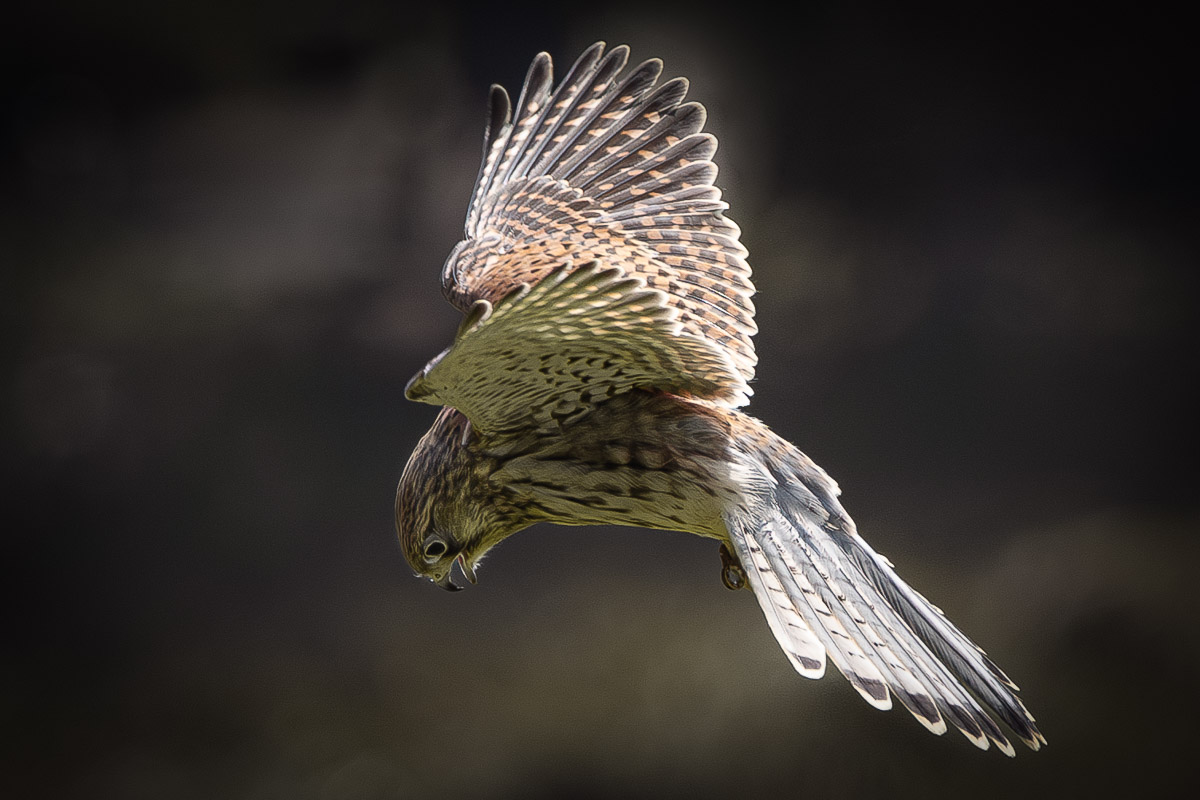
Nikon Z6 + Sigma 150-600mm @440mm
1/2000s f8 ISO560
As previously mentioned, I opted for a manual shutter speed of 1/2000s and varied my aperture as the light allowed. I also opted for auto ISO but kept my eye on it and if it went over 2000ISO I dropped my aperture in an effort to keep the ISO down. The day was mostly bright and sunny so I was mostly able to keep the aperture around f8 and still keep a healthy ISO – something I’d be grateful for in editing. The Z6 is great at high ISO with minimum noise especially in good light and the correct exposure. But immediately you begin to underexpose, the noise in the image becomes very apparent.
White balance, as always for me, was set manually to match the conditions. In this case full sun. I dislike auto white balance as It can often be fooled. Lets face it, shooting RAW means you set the white balance in post but there is something very satisfying and helpful in choosing the winning shots when previewing a nice set of jpgs.
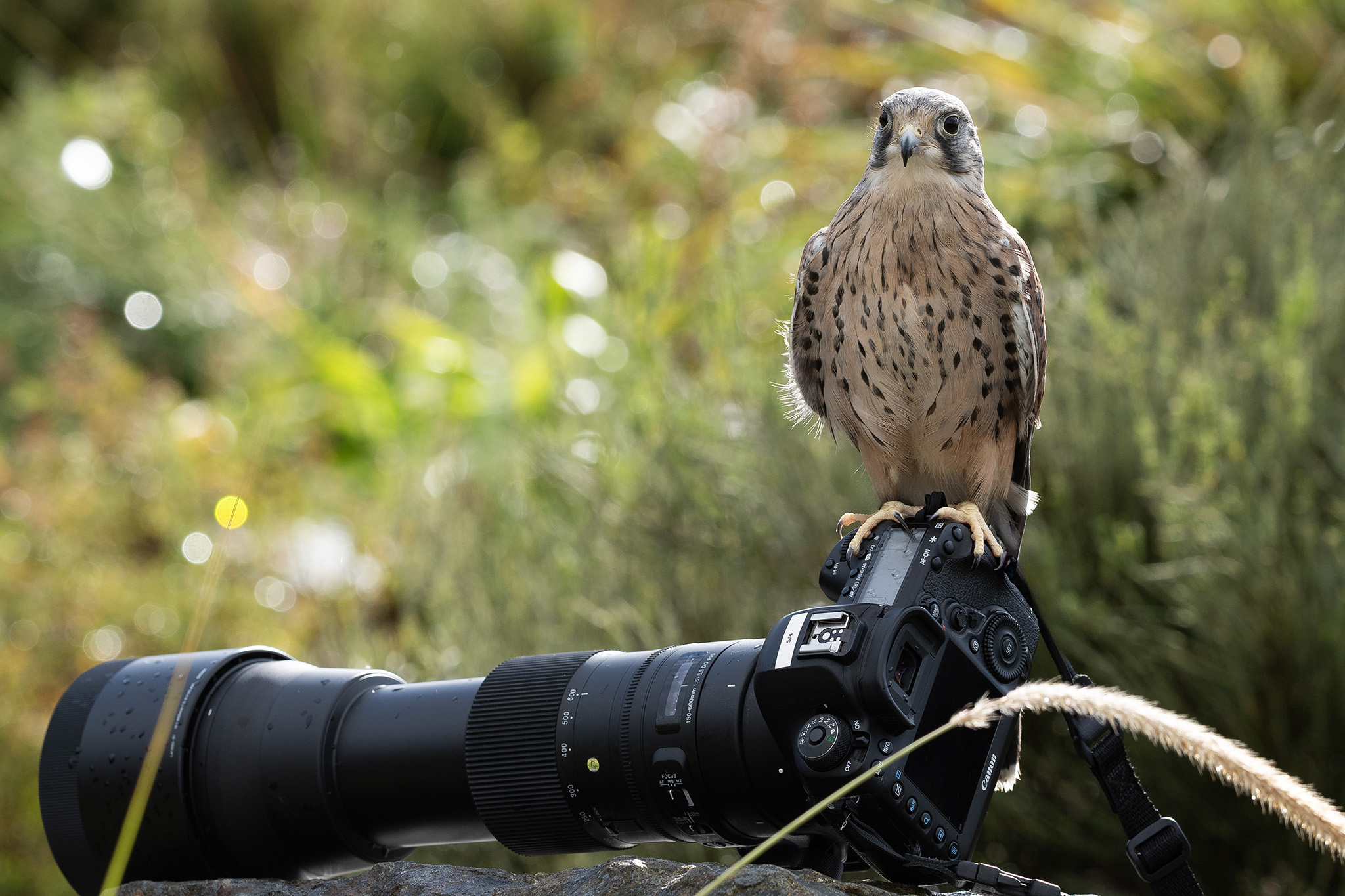
All in all, this was a successful shoot with certainly a good handful of keepers. It’s difficult to adjust to life outside the studio (where ninety percent of the images shot have to be winners). After all, the client is paying and expects you deliver. Fortunately birds of prey don’t pay me and rarely look at the images or critique them in any way. I still feel a little uneasy at shooting three hundred pictures when only eight to ten are worthy of an edit. Hopefully over time my ratios will improve or my expectations will be more managed.
Stay tuned for my next visit to the British Bird of Prey Centre.
